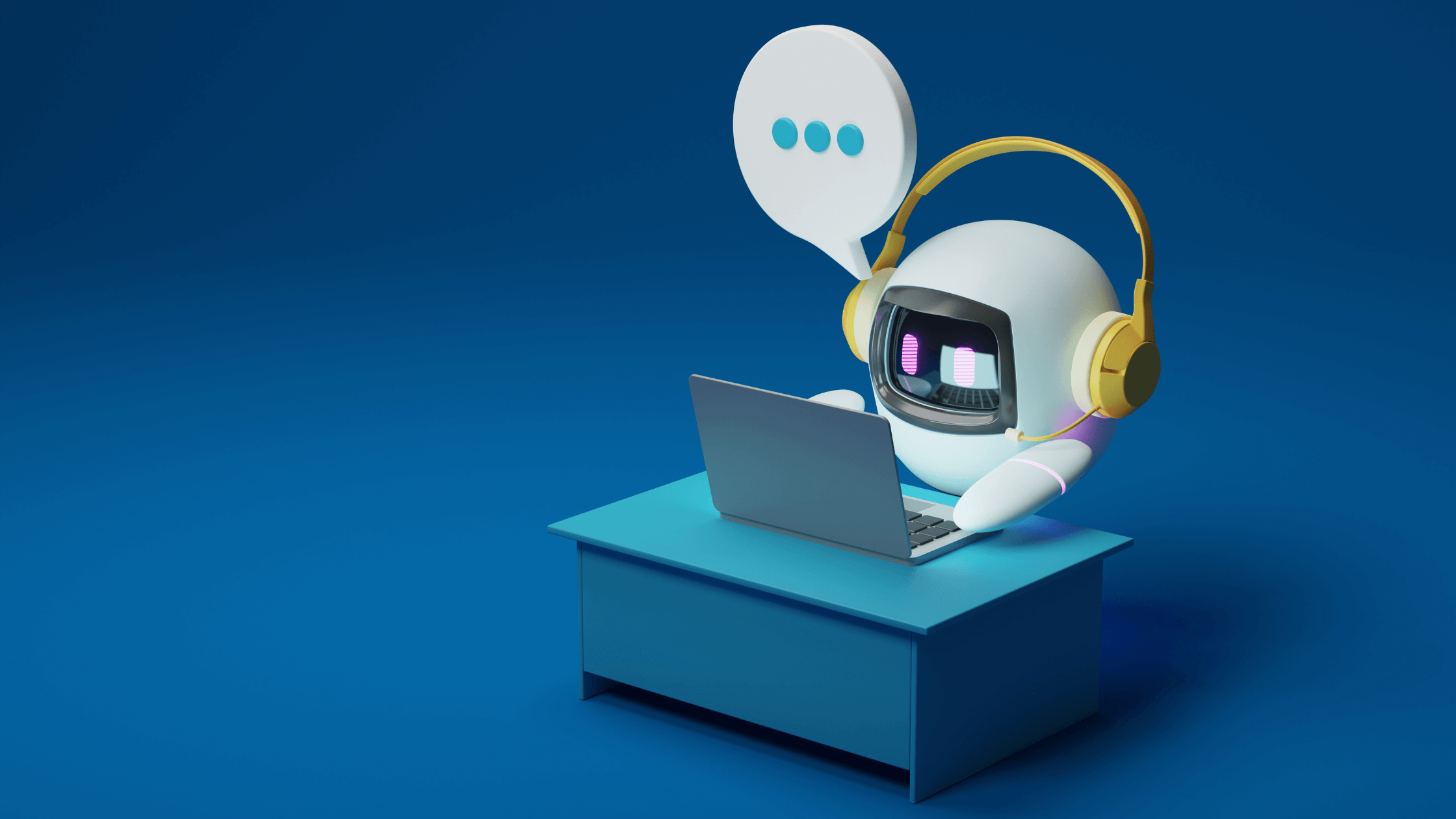The upcoming industrial revolution will prominently feature automation, exercising transformative impacts on industrial productivity, turnaround, and growth. Robotic Process Automation, (RPA) emerges as a crucial catalyst, drawing increased investment from manufacturers.
The start of next-generation service robots, integrating cutting-edge trends like AI, ML, and IoT, will significantly decrease reliance on manual labor. In this blog post, we are discussing the IoT-enabled service robots and their influence on our future.
Towards a transformation: IoT and service robots
Service robots, coupled with IoT provisions, represent the long-awaited technological advancements that industries have been anticipating! Let’s explore in depth how this combination can revolutionize the way humans run enterprises.
Different service robots used in the manufacturing industry
Various industries with distinct processes stand to gain significant and tangible results through the incorporation of service robots. Leading the way in maximizing the benefits of service robots is the manufacturing industry.
Here are some ways in which robotic process automation can play a crucial role:
- Welding activities
Welding, a task demanding manual labor with strict safety measures, necessitates consistency, quality, and speed. Robotic arms have emerged as a game-changer, particularly in the automotive manufacturing industry. - Production assembly automation
Humans can spend a lot of time assembling products with intricate components. In contrast, IoT-enabled robots excel in swiftly assembling complex products, improving industrial output significantly for manufacturers. - Robotic assistance for material handling
Well-tested service robots are prone to fewer mistakes, making them reliable for material handling within industrial facilities. Their reduced risk of errors and mishandling also mitigates the potential for worker injuries. - QA robots
Service robots, equipped with cameras, computer vision, and AI, visually inspect final products for verification. Although not replacing manual QA entirely, Quality Assurance Robots (QA robots) reduce the workload for manual workers, especially in industries like food and fashion where visual quality is critical. - Service robots for supporting activities
Service robots extend their utility to secondary tasks in industrial processes, including cleaning and surveillance. Utilizing cleaning robots and drone-based surveillance, these applications leverage IoT and real-time streaming for effective implementation. - Packaging robots
Product packaging, a necessary yet less intricate aspect of manufacturing, can be efficiently delegated to service robots.
Everything you need to know about IoT SIMs
Emergence of IoT-enabled service robots
IoT helps industries to maximize the potential of service robots. Robotic process automation, which involves learning the surrounding environment and executing tasks based on instructions, benefits significantly from IoT in two key areas, offering several advantages as outlined below:
- IoT sensors and surrounding awareness
Robotic arms employ various sensors to comprehend their surroundings. However, with IoT, they can gain additional insights into the environment, including item locations, the presence of people, and other relevant parameters. This ensures heightened situational awareness, enabling them to operate with precision. - Machine learning model training
IoT enables the collection of functional data from robots, including drops, empty readings, and unidentified actions. This data aids in identifying performance hindrances and contributes to more effective model training. - IoT M2M communication for robots
IoT already has a proven record of adding value to industrial processes with machine-to-machine communication. The same goes for industrial robot assistants, who can communicate with each other for an additional layer of coordination and assurance. M2M SIM cards can help connect readings of two robots placed far away in an industrial facility.
Next-generation robotic assistants: RPA + AI + IoT
At this point, we are at a stage where RPA, AI, and IoT are all developing more rapidly than ever. To our convenience, these technologies can complement their role in the industries when they are used together. The growing ability to collect and analyze data can help us establish a whole new level of robotic assistance where minimal human intervention is needed.
What are service robots?
Service robots have been around us for a decade or so in some capacity. Even though they might not be as developed as predicted in science fiction movies, their potential is real. Especially for industrial growth, these service robots would work wonders.
These service robots would take care of hard, laborious activities so that workers can focus on sophisticated and decision-making activities instead. Robotic process automation is a rapidly growing market as different industries rely on it for empowerment and growth.
Connect with Freeeway for IoT Solutions for Service Robots
The synergy of service robots and IoT is paving the way for groundbreaking advancements. Recognizing this, we as Freeeway AG step in to offer a pivotal solution. We are delighted to present our exclusive free Test IoT SIM cards, specifically designed to cater to the growing needs of connectivity in robotic automation. If you’re envisioning a future where your robotics operate with enhanced efficiency, precision, and intelligence, then this is your opportunity. Take the first step towards a more connected, efficient, and innovative future with Freeeway AG’s IoT solutions.





